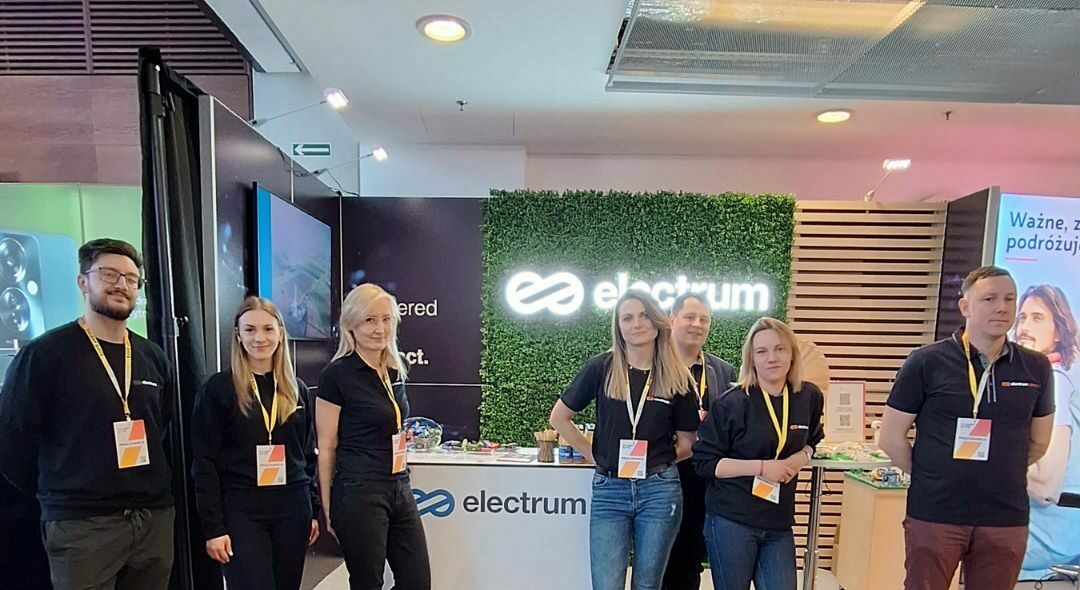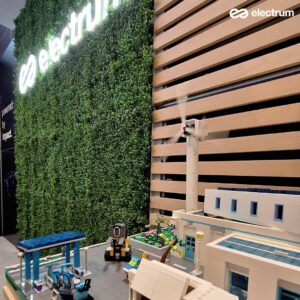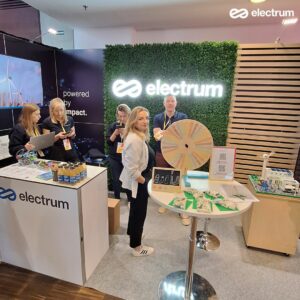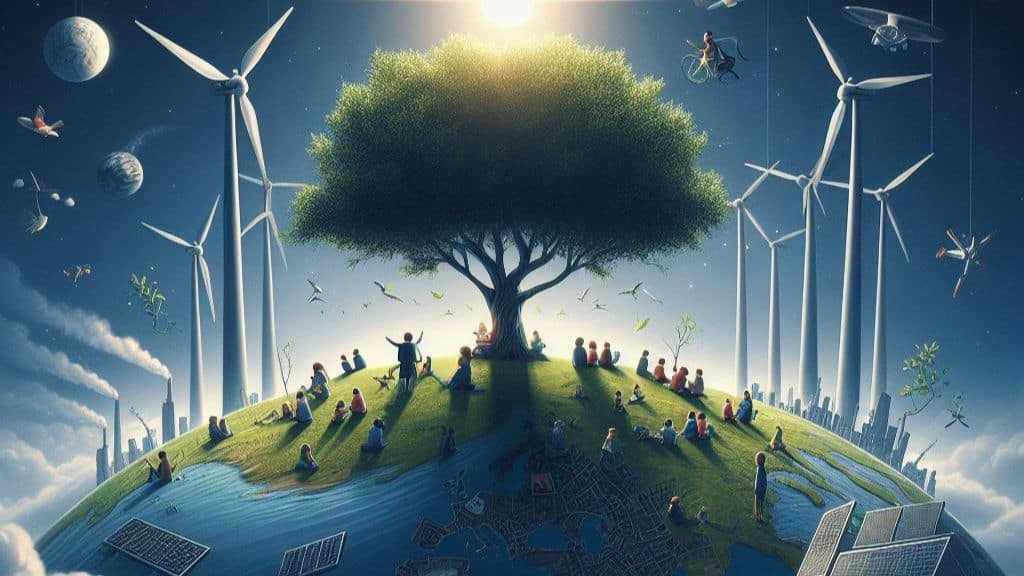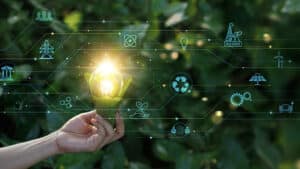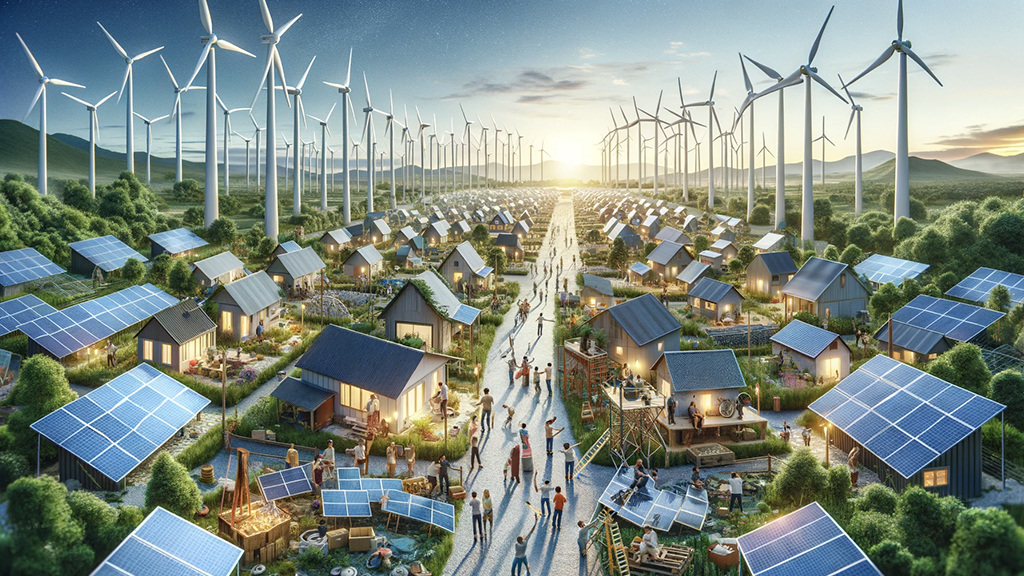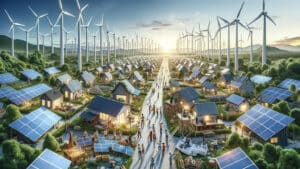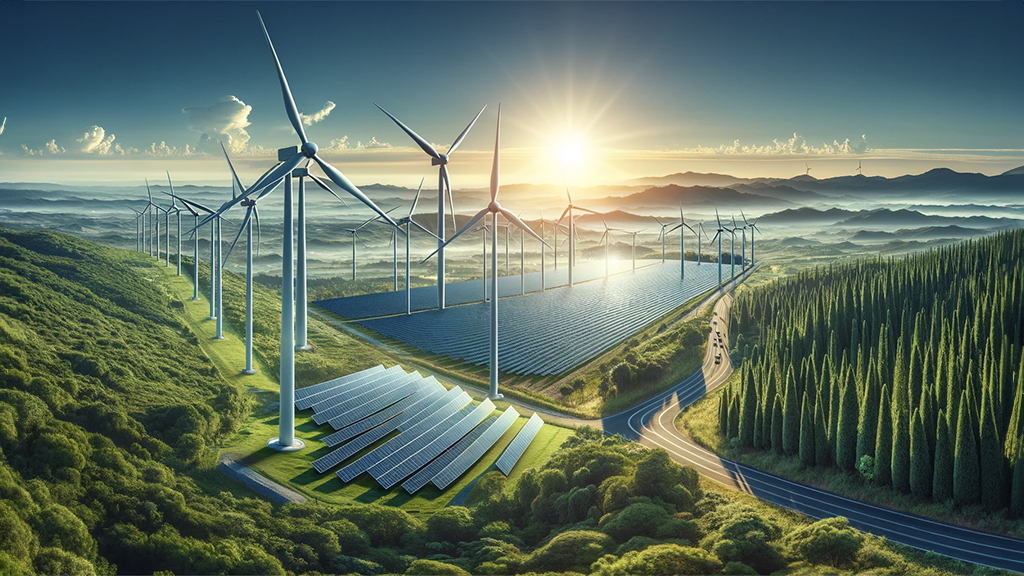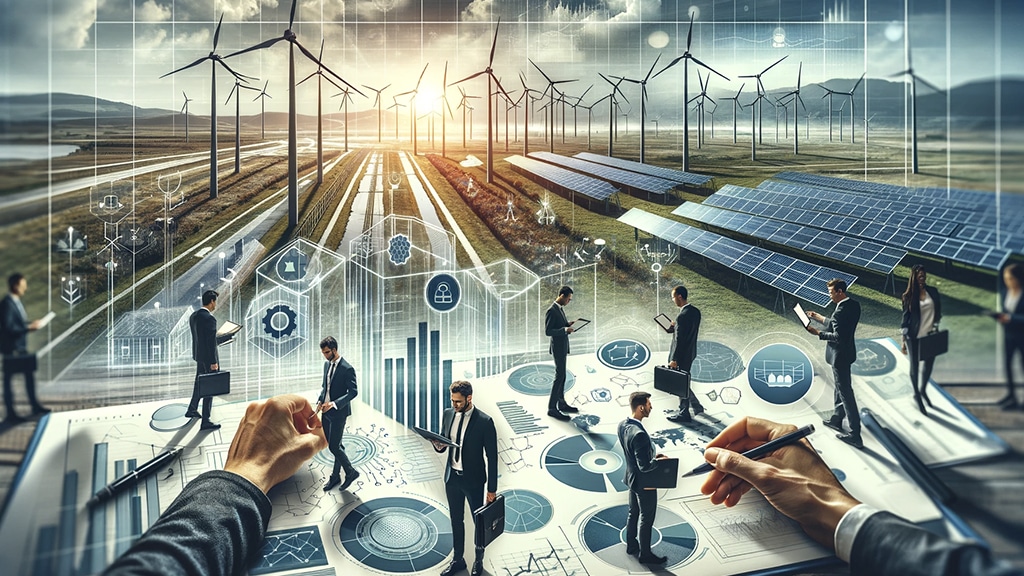What You Need to Know About Cable Pooling?
Cable pooling is an innovative practice involving the shared use of infrastructure by multiple installations, such as wind farms and photovoltaic farms. This concept is inherently linked to hybrid installations.
Table of Contents
Power Sharing
In the March 2024 report from the President of the Energy Regulatory Office (URE), one of the key topics is power sharing. This solution aims to efficiently use network resources within the existing legal framework and facilitate the connection of renewable energy sources (RES) installations.
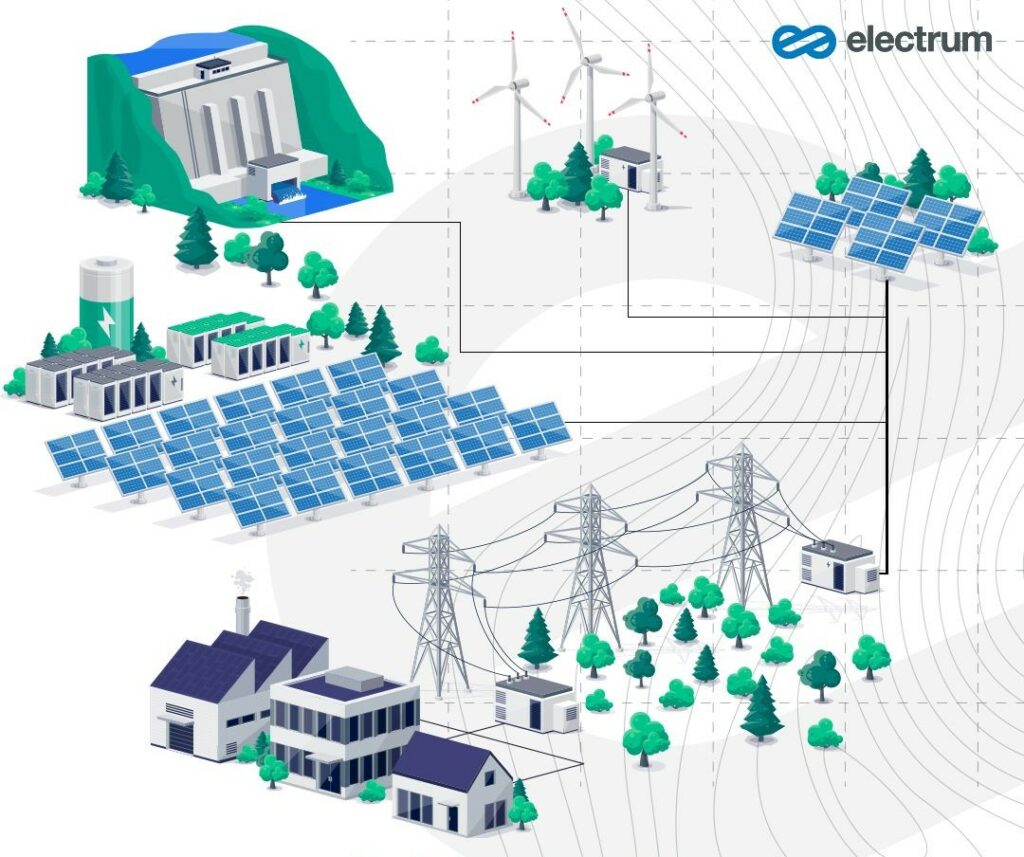
In the above graphic, you see a hydroelectric, photovoltaic, and wind power plant integrated within a single energy system. The shared use of transmission cables allows multiple energy sources to feed the grid.
See how:
Increase in Renewable Energy Capacity
The noticeable increase in the capacity of installed renewable energy sources (RES) is a significant factor in power sharing. This dynamic trend translates into a growing share of electricity from RES in the national power system.
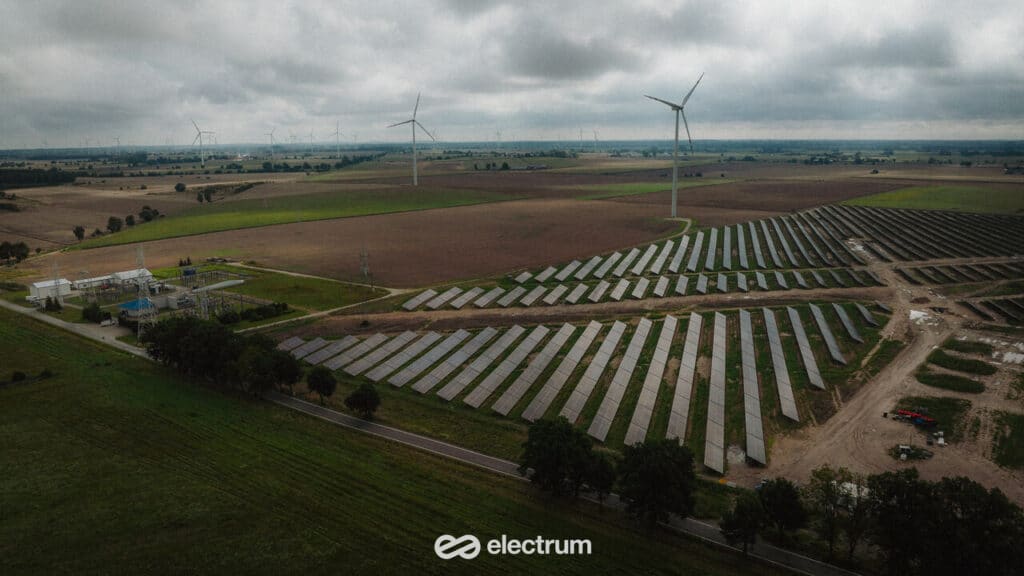
With the increasing capacity of RES, there is significant progress towards a more sustainable and ecological energy system. Renewable energy sources are becoming an increasingly integral part of the energy landscape, providing not only increased energy independence but also reducing greenhouse gas emissions and other negative environmental impacts associated with traditional energy sources. Thus, investments in the development of RES capacity contribute to building a more sustainable and future-oriented energy infrastructure.
Development of Cable Pooling
The development of cable pooling, the practice of combining several renewable energy sources (RES) installations at a single connection point, is a significant area of interest for the President of the Energy Regulatory Office (URE).
This flexible strategy allows for much more efficient use of existing power infrastructure. It is crucial for increasing the share of RES in overall energy production. Cable pooling enables the consolidation of various RES installations, such as wind farms, solar power plants, or biogas installations, allowing for optimal resource use and better energy network management. This innovative practice improves not only efficiency but also the stability and sustainability of the energy system.
Cable Pooling Solutions and Their Benefits
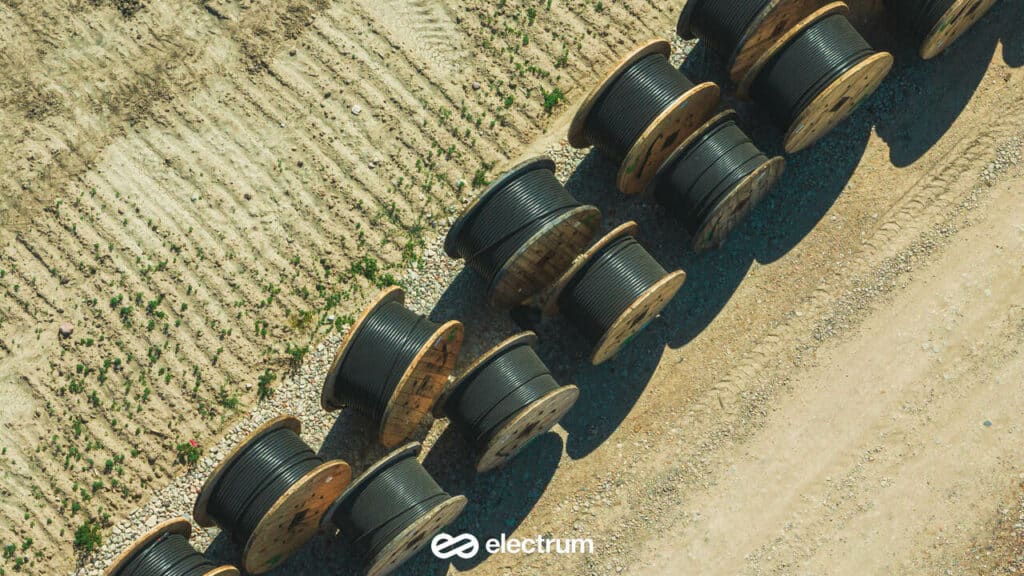
The principles of cable pooling are clearly defined, aiming to facilitate the process of connecting new RES installations to the power grid. The introduction of these solutions aims to stimulate the development of renewable energy.
- Increased Efficiency: The shared use of connection infrastructure makes the connection process more efficient and flexible.
- Optimal Resource Utilization: Cable pooling allows for better use of the network’s transmission and distribution capacities, which is crucial for the development of the RES sector.
- One Agreement, Multiple Installations: Thanks to cable pooling, it is possible to enter into a single connection agreement for multiple RES installations, simplifying the administrative process.
In the context of cable pooling, the President of URE also emphasizes the need to secure technical capabilities to avoid exceeding the connection capacity, which requires cooperation between the connected entities and the OSE.
The full text of the URE President’s communications can be found on the official website of the Energy Regulatory Office.
Read also:
Comprehensive Energy Solutions: Optimal Resource Utilization


